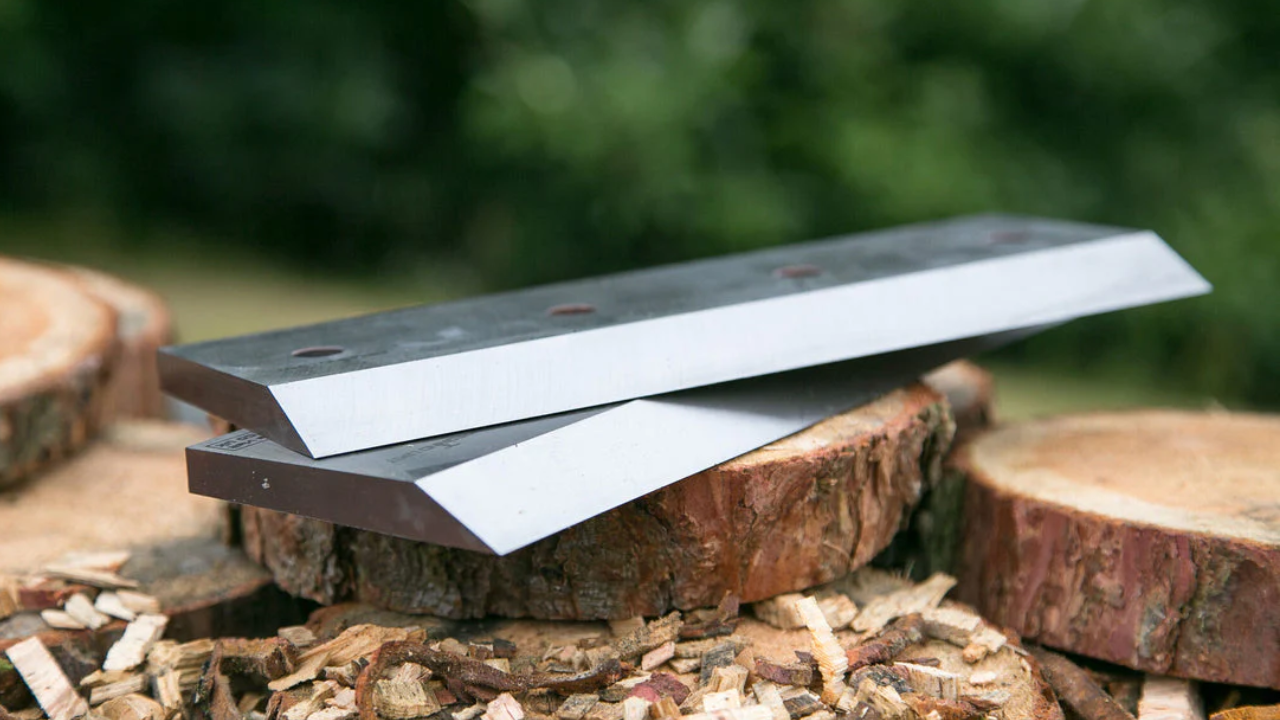Wood chipper blades, subjected to rigorous wear and tear during the chipping process, demand meticulous care to counteract the forces that can lead to deterioration. Where the efficiency of these machines is intricately tied to the condition of their blades, proper maintenance emerges as the linchpin for ensuring an extended lifespan.
Ensuring the longevity of these blades is integral for the seamless operation of the wood chipper. In this comprehensive guide, we explore the essential techniques that can be employed to undertake proper maintenance. For getting a perfect wood chipper blade, you are suggested to visit page of JYF MACHINERY where you find effective wood chippers.
Is it Possible that you’re Wood Chipper Blades Go Bad?
Wood chipper blades can deteriorate over time. As these blades are subjected to continuous wear and tear during the chipping process, they inevitably experience degradation. Factors such as the type of wood being processed, frequency of use, and maintenance practices contribute to blade wear.
Dull or damaged blades can result in diminished chipping efficiency, irregular wood chips, and increased strain on the chipper’s motor. Regular inspection, timely sharpening, and proactive blade replacement are crucial practices to ensure optimal wood chipper performance and longevity, preventing the negative consequences of worn-out blades.
Impact of Proper Maintenance
The given mention reasons amazingly conclude that how proper care and maintenance of wood chipper blades results in prolonging their lifespan:
Regular Inspection and Cleaning
The foundation of proper maintenance lies in regular inspection and cleaning of wood chipper blades. Before and after each use, conduct a thorough examination of the blades for any signs of wear, damage, or irregularities. Cleaning the blades ensures that any debris, resin, or foreign materials accumulated during operation are removed.
Sharpness Matters
Maintaining the sharpness of wood chipper blades is paramount for their effective performance. Dull blades not only compromise the efficiency of the chipper but also exert additional strain on the engine. Regularly sharpen the blades using appropriate tools or seek professional sharpening services to ensure precision.
Balancing and Alignment
Proper maintenance extends beyond individual blade care to the overall balance and alignment of the chipper blades. Imbalances can lead to vibrations, increased wear, and potential damage to the machine. Check the balance of the blades and ensure that they are correctly aligned. If imbalances are detected, address them promptly to prevent adverse effects.
Temperature and Lubrication
Wood chippers operate under demanding conditions, and temperature control is crucial for preventing overheating and excessive wear on the blades. Regularly check the operating temperature of the chipper and ensure proper lubrication of the blades. Lubricants reduce friction, preventing unnecessary heat buildup and reducing the risk of premature wear.
Proactive Blade Replacement
Despite meticulous maintenance, wood chipper blades eventually reach the end of their lifespan. A proactive approach to blade replacement involves monitoring wear patterns and knowing when it’s time for a change. Regularly assess the condition of the blades, and if signs of significant wear or damage are evident, replace them promptly.
Protective Measures during Storage
When the wood chipper is not in use, protective measures during storage play a crucial role in maintaining the integrity of the blades. Store the chipper in a dry and covered environment to prevent exposure to moisture, which can lead to corrosion. Additionally, consider applying a rust inhibitor or protective coating to the blades before storage.
Operator Training and Awareness
The human factor is instrumental in the proper maintenance of wood chipper blades. Adequate operator training ensures that individuals using the equipment are aware of the importance of regular maintenance practices. Training should cover proper usage, inspection procedures, and safety measures to minimize the risk of damage to the chipper blades.
Conclusion
Proper maintenance is the linchpin in prolonging the lifespan of wood chipper blades and optimizing the performance of wood chippers. By incorporating the above practices into a comprehensive maintenance routine, operators and professionals can not only extend the lifespan of their wood chipper blades but also enhance the overall productivity and reliability of their wood-chipping equipment.
